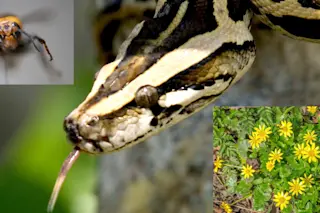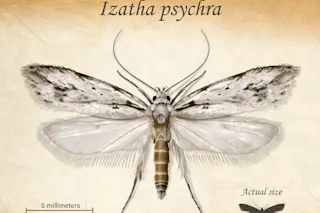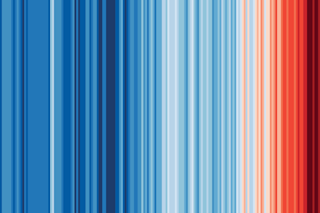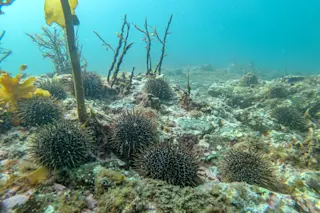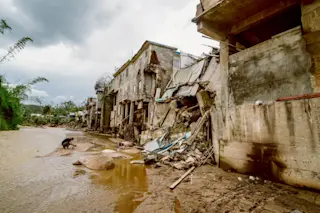Global warming won’t just melt ice caps; it could create whole new biomes—major ecosystem types like forest, desert, grassland, and tundra—say climatologists led by John Williams at the University of Wisconsin at Madison. Williams and his team used computer models to predict what will happen to the world’s ecosystems as temperatures rise.
When the researchers plugged in a global temperature increase of 1.8 to 4.5 degrees Fahrenheit, a moderate estimate of the world’s expected change over the next 100 years, the models predicted landscapes the likes of which we’ve never seen before. “By the end of the 21st century, large portions of Earth’s surface could experience climates with no current analogue,” says Williams.
Surprisingly, the ecosystems most vulnerable to major biome shifts are the already hot regions around the equator. According to Williams’s model, for example, the Amazon rain forest is toast: By the end of the century, and possibly ...




